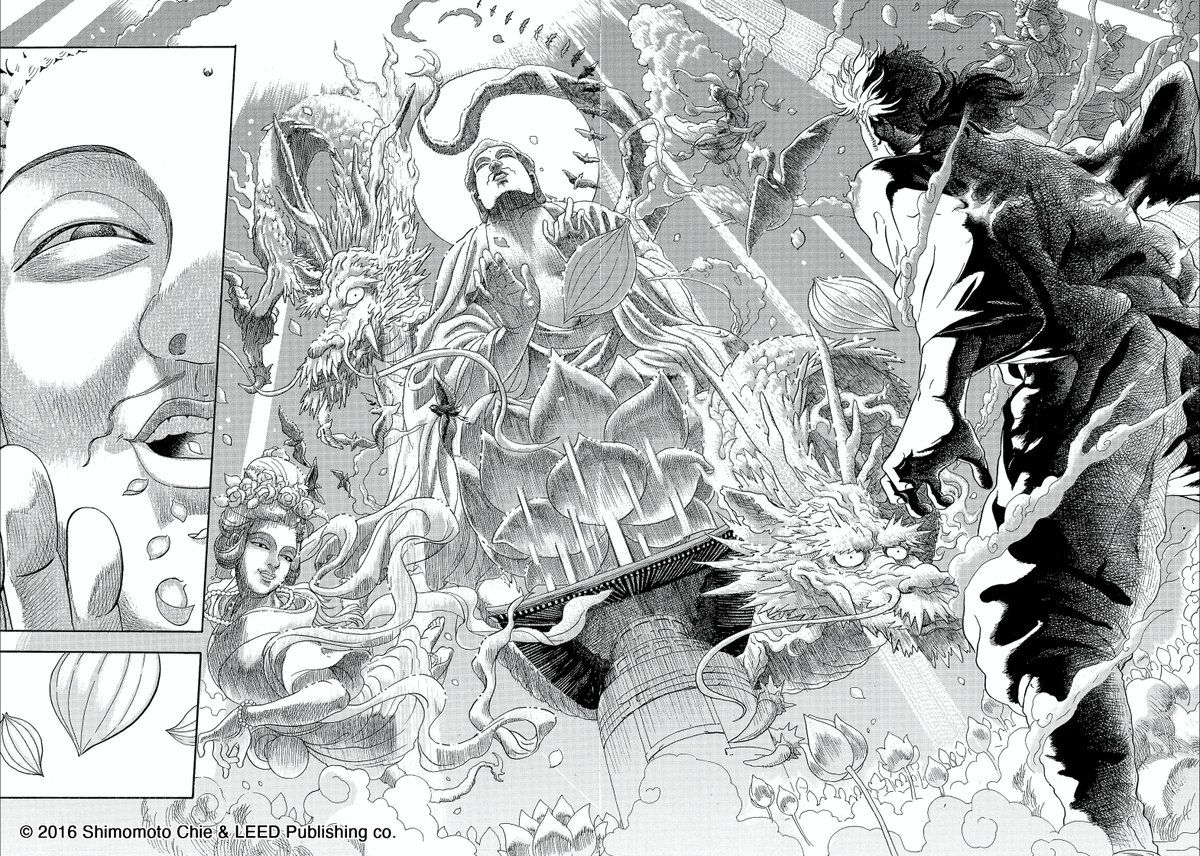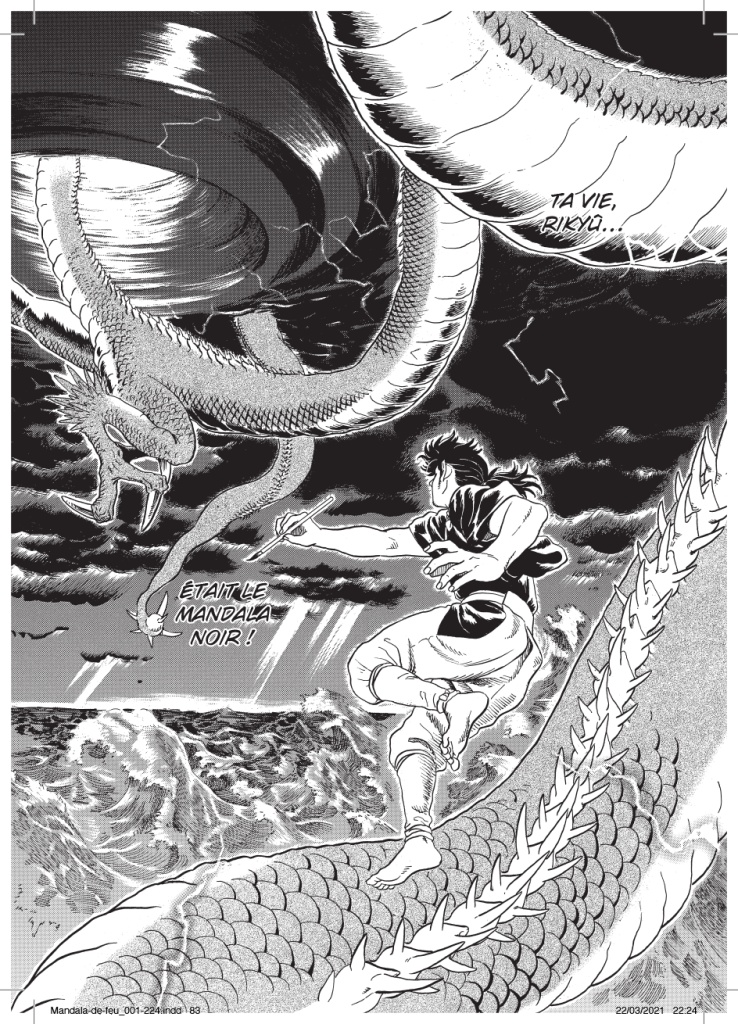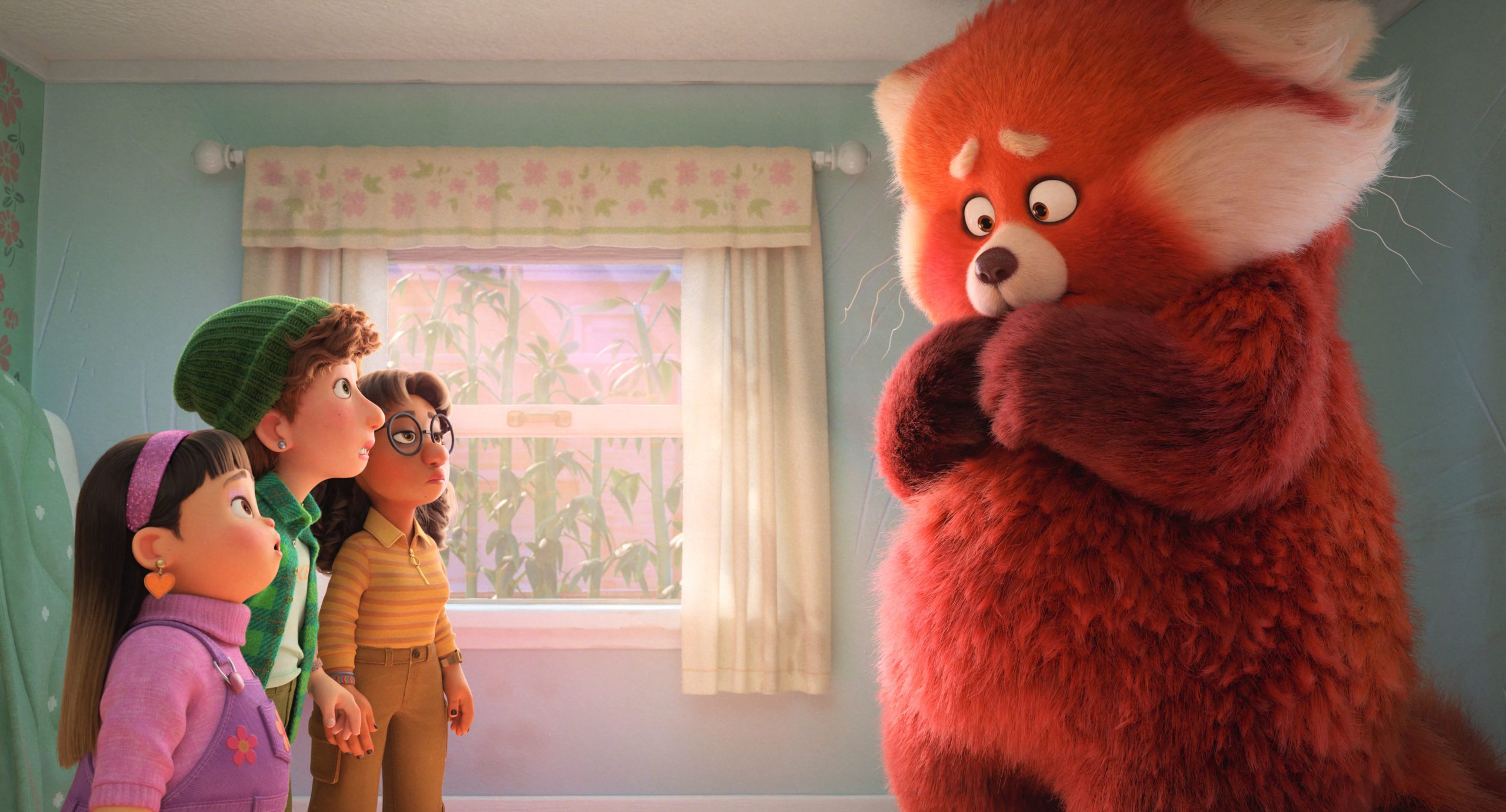After Chiruran, the new publisher Mangetsu continues the launch of its first releases by The Fire Mandala. Did you think the life of a painter is boring? Change your mind with this flamboyant biography of Tōhaku Hasegawa.
The biography of an artist
The fire mandala depicts the life of an artist unknown in France but considered in Japan as a reference of murals. His screens, his material effects and his mastery of monochrome painting from China have made him a master. Yet his little-known life offers the writer and cartoonist Shimomoto Chie a great freedom. His birthplace is doubtful and it is not known exactly who trained him. However, he is known for his independent spirit that can evoke that of the Italian painter, Caravaggio. In The Fire Mandala, Tōhaku Hasegawa goes to Kyoto to receive the teaching of Eitoku Kanô but is rejected by the master. By begging him to change his mind, he demonstrates his absolute dedication to painting… In vain. This refusal blocks the artist by making him doubt. When he was 44 years old, the fire at Azuchi Castle would be the trigger for his inspiration.  Beyond the biography, The Mandala of Fire is a more general reflection on art. A single family man, Tôhaku lives by illustrating playing cards but despises this commercial work. He seems to have no idea anymore and the mangaka then questions us about the origin of the inspiration. Rather than flee the flames, Tōhaku voluntarily enters the burning palace to see a work by Eitoku Kanō. This event, certainly dramatic but banal at the time, opened the artist's mind by showing him new possibilities. His body receives the fire of inspiration and he only has to transfer it into his paintings. However, inspiration is not enough and this volume shows that painting beyond oil is composed of a lot of sweat and tears. Indeed, Tôhaku sacrificed everything to revive his career including the health of his first wife and that of his son. We also often smile at their inability to do daily activities or to respect conventions.
Beyond the biography, The Mandala of Fire is a more general reflection on art. A single family man, Tôhaku lives by illustrating playing cards but despises this commercial work. He seems to have no idea anymore and the mangaka then questions us about the origin of the inspiration. Rather than flee the flames, Tōhaku voluntarily enters the burning palace to see a work by Eitoku Kanō. This event, certainly dramatic but banal at the time, opened the artist's mind by showing him new possibilities. His body receives the fire of inspiration and he only has to transfer it into his paintings. However, inspiration is not enough and this volume shows that painting beyond oil is composed of a lot of sweat and tears. Indeed, Tôhaku sacrificed everything to revive his career including the health of his first wife and that of his son. We also often smile at their inability to do daily activities or to respect conventions.
Being at the level of a genius
When he tells the story of a comic book painter, the draftsman necessarily has the pressure. With his means, will he be able to get up to speed? We understand this research by the references that Shimomoto Chie cites at the end of the book. Inevitably, we browse the internet to compare with his drawing. Despite this pressure, the cartoonist manages to impress the reader with incredibly beautiful pages throughout the story. Like Tōhaku, one is blown away by the divine vision he receives in the castle. Through different perceptions of a wallpaper, he makes us enter into the vision of the artist. But, beyond the technical mastery, another problem arises: should the mangaka sing the master or try to preserve his style? Shimomoto Chie does not fall into the trap of illustration because each box fits into an overall narrative. Even if each element is very precise, the dynamism is always highlighted by the framing and layout.  The fire mandala is at first glance a pleasant dive into the life of an artist. It is even more a reflection on inspiration and the difficulty for an artist to confront the real world. While the others flee a threat, Tōhaku Hasegawa finds a new life amid the flames. This complete story is therefore a real pleasure to read but be careful when closing this volume because in the image of the artist you could receive a vision triggering your inspiration. If this column interested you, you can read the chronicle of the first volume of Chiruran released by the same publisher and The Delights of Tokyo on another art form, cooking.
The fire mandala is at first glance a pleasant dive into the life of an artist. It is even more a reflection on inspiration and the difficulty for an artist to confront the real world. While the others flee a threat, Tōhaku Hasegawa finds a new life amid the flames. This complete story is therefore a real pleasure to read but be careful when closing this volume because in the image of the artist you could receive a vision triggering your inspiration. If this column interested you, you can read the chronicle of the first volume of Chiruran released by the same publisher and The Delights of Tokyo on another art form, cooking.







































